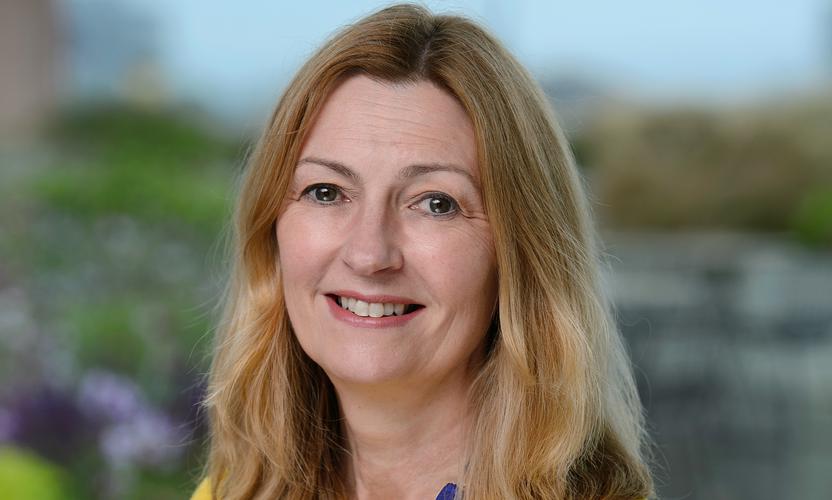Central banks have been on the front line of the Covid-19 crisis and will remain the biggest game in town if US fiscal support proves limited. There is little sign of balance sheet tapering or rate rises on the horizon. However, the possibility of a vaccine emerging in 2021 and the huge monetary and fiscal response to the crisis in an era of ultra-low rates means the risk of ’duration tantrums’ (i.e. spikes in longer-dated bond yields) persists.
Immense stimulus feeds through into risk asset prices
Central banks in the G6 countries have almost doubled their balance sheets since the start of the Covid crisis. While a divided US Congress could bring a more modest fiscal stimulus than might have been expected under a ’blue wave’ Democratic sweep at the US election, we expect the Covid-related support that has bipartisan approval will come through. The influx of monetary stimulus in 2020 has already fed into higher risk asset prices, and this could continue into 2021. Credit spreads have tightened across many areas, though remain wider in certain sectors most affected by the pandemic such as energy.
Money supply is growing this time
In contrast to the financial crisis over a decade ago, the growth rate of money supply is on the rise in the US, and consumer prices could follow. Back in 2008, banks were in such an impaired state, they deposited reserves with the Fed almost as fast as money was being created for them to lend to the real economy. This time, bank balance sheets are in better shape and the consequences of unprecedented stimulus could be inflationary.
For years, money supply (M2) growth has averaged at around 7 per cent a year. It is currently running at around 23 per cent - a level not seen since the 1960s. While the velocity of money has yet to increase, circulation has been in a downward structural trend for several years; this could now reverse as further (albeit moderated) fiscal stimulus comes through.
The big debt problem
A key issue for investors is that while monetary policy is loose, debt is high - and getting higher to finance the response to Covid. The International Monetary Fund estimates global public debt to be almost 100 per cent at the start of 2021, while JP Morgan estimates total public and private sector debt to be 280 per cent of global GDP. By the end of 2020, headline fiscal deficits in advanced economies look set to be five times higher than they were the year before.
For this debt to be rolled over and to avoid a negative spiral of defaults, central banks must keep refinancing costs low. So far, they have managed to do so: real yields on the 10-year Treasury started 2019 at 50 basis points and are now around -110 basis points. However, this makes the financial system more vulnerable to a sudden increase in yields, whether triggered by signs of inflation, better growth prospects or a policy mistake similar to the reduction in the Fed’s balance sheet that triggered a market tantrum towards the end of 2018.
Duration tantrums are a risk
While inflation risk is not as great as it might have been under a ’blue wave’ scenario, it hasn’t gone away. And the risk may increase if an effective vaccine is rolled out more quickly than anticipated or if total social financing in China jumps. Central banks could be deliberately slow to respond to signs of inflation and higher yields, as they attempt to keep nominal rates anchored at low levels. In fact, we could see as much as a 150 basis point move in yields before central banks intervene to push them back down.
The closest historical parallel to this could be the 2013 ‘taper tantrum’ when the Fed’s tightening of policy led to a sharp withdrawal from assets such as emerging markets. This time it would be more of a ‘duration tantrum’, as the ‘risk-free’ rate implied by Treasuries would suddenly jump higher. In this kind of environment, growth companies (such as the tech mega caps) that have done well in 2020 could see a reversal, amid a switch to value.
A higher risk-free rate would also hurt emerging market debt and longer-dated investment grade bonds, and credit spreads could widen. Lower duration assets in some high yield areas would be less affected, and short duration assets with income characteristics would outperform. Such a dislocation could also create opportunities in sectors where spreads had become overly tight. In the meantime, a selective and nimble approach, with a focus on valuations, will remain crucial in the months ahead.
Excess dollar liquidity could prolong currency weakness
After several years of an upward dollar trend, the US currency weakened in 2020 as a result of huge monetary stimulus from the Fed and increased dollar liquidity to the rest of the world. We expect dollar weakness will persist, amid further borrowing to fund the fiscal deficit. Once again, much depends on the virus trajectory in the next few months and on how soon global economic growth can recover and inflation reemerge as Covid restrictions eventually ease.
ESG becomes ever more integral to issuer selection
ESG and climate funds have outperformed conventional funds throughout 2020 and are likely to continue to do so in 2021 following President-Elect Biden’s declared intention that the US re-join the Paris agreement and China’s ambition to get to net zero carbon emissions by 2060.
Funds like these are able to provide more secure income streams over the long term, meaning their overall Sharpe ratio is higher even if their yield characteristics may initially appear more modest. With volatility now likely to persist at higher levels than the last decade, quality credit issuers with high ESG ratings can offer a smoother return profile over the coming years than those with weaker ESG credentials.








































